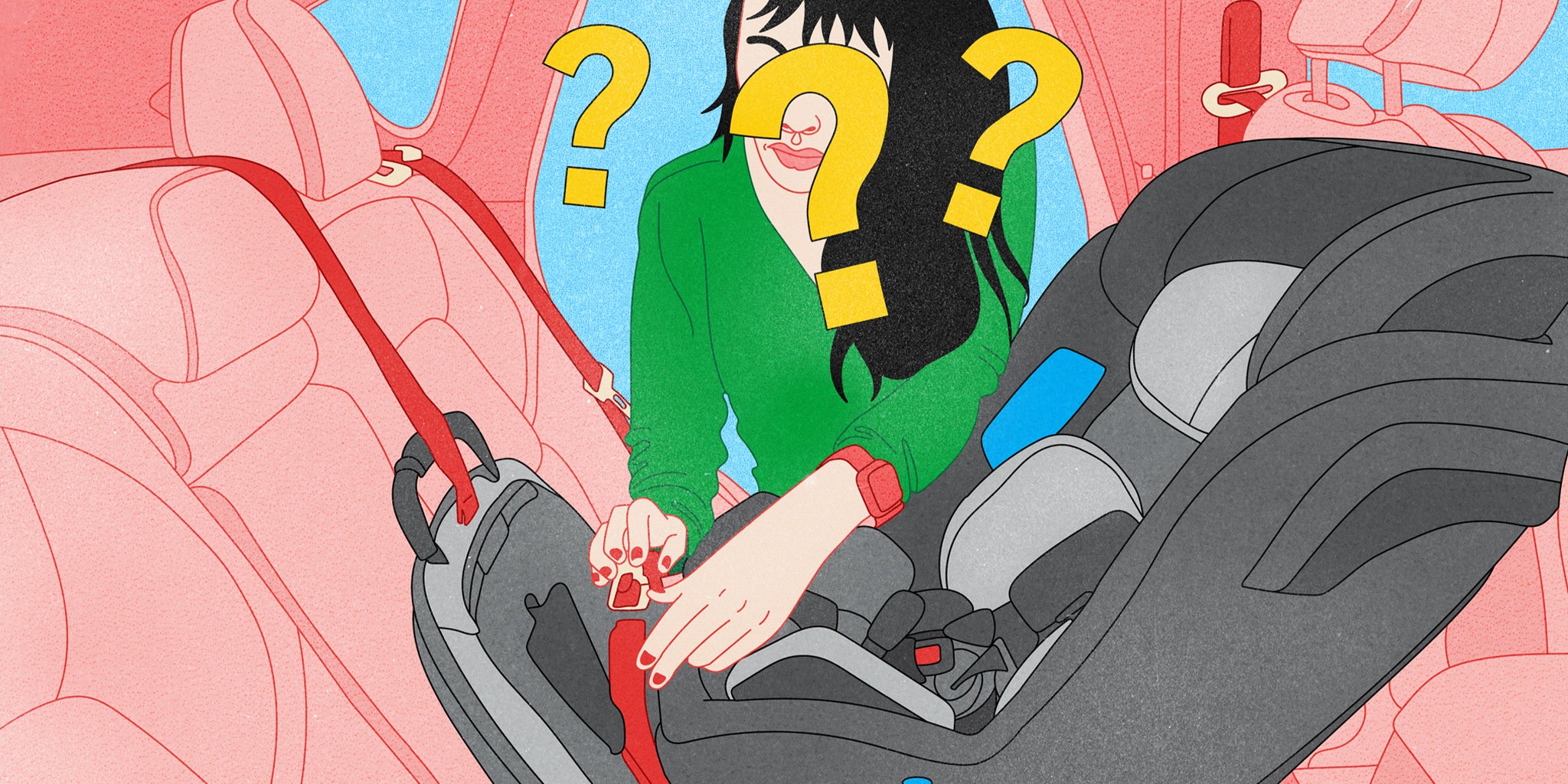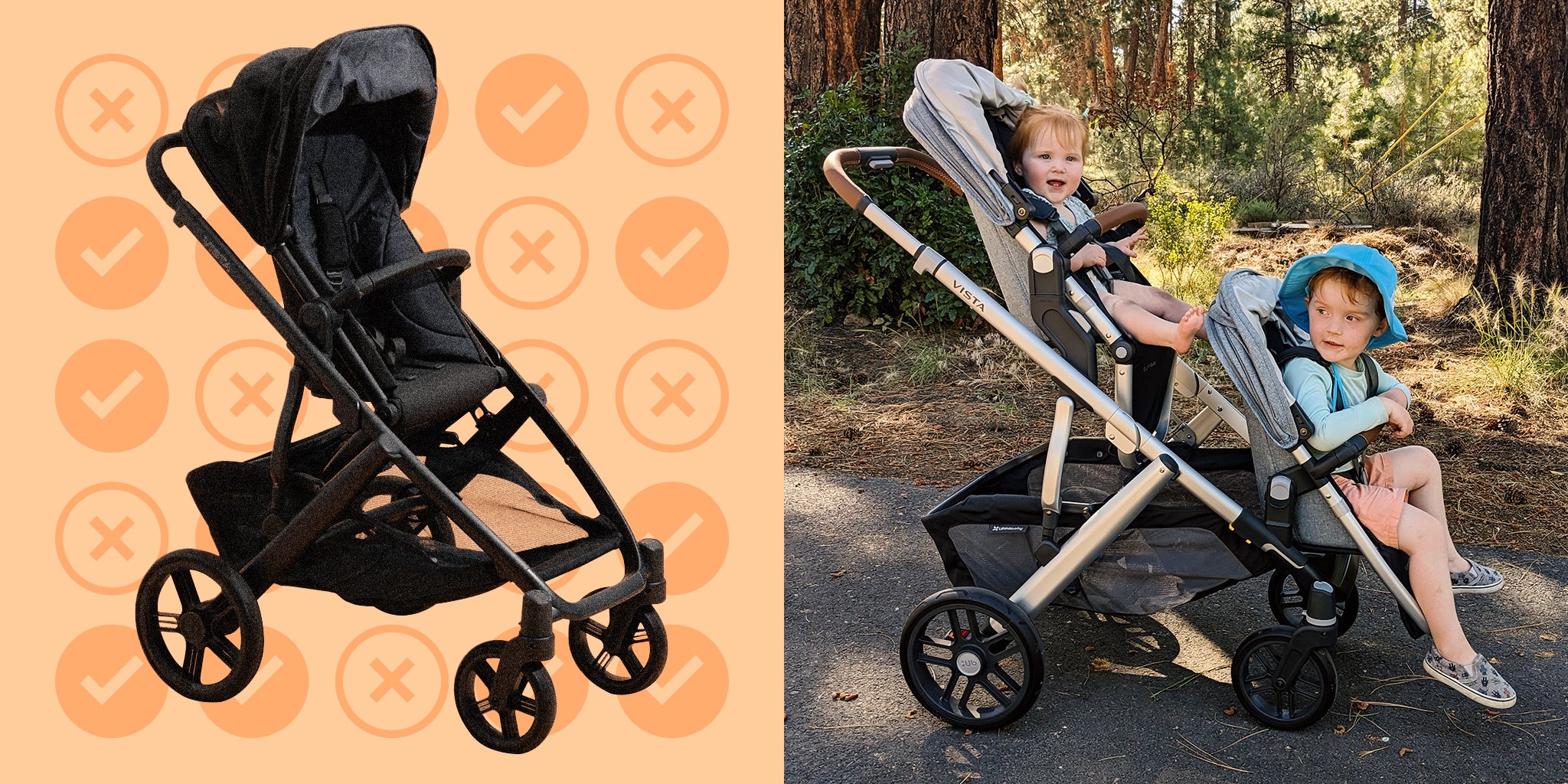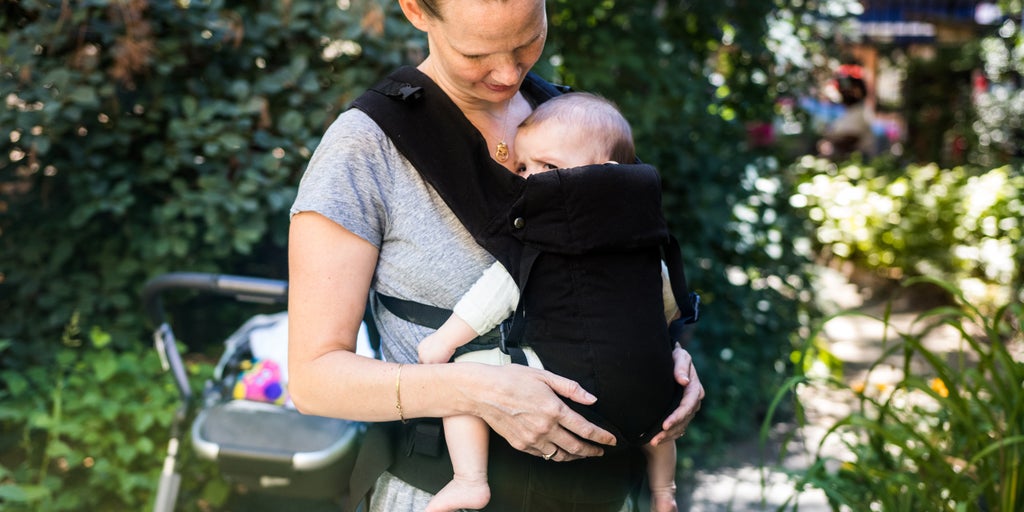It’s a great time to be a youngster in an automobile. Automobiles and car seats both remain to get much safer, and child car casualties are down. Much of the effectiveness of a car seat rests in its uniqueness: A car seat needs to be the ideal fit and size for the kid and their developing stage. However with many safety seat out there– and frequently countless possible arrangements, depending on the child’s age– it can be discouraging to pick which seat to get and when to get it. The majority of family members will certainly utilize three different seats as their youngster grows: an infant seat, an exchangeable seat, and a car seat Right here’s a run-through of the various sorts of seats, along with the checklists to adhere to when you’re trying to identify whether your youngster has outgrown their current seat and is ready for the next one.
Infant seat.
An infant seat is the rear-facing, bucket-style safety seat that many parents decide to utilize through the first year of their baby’s life, and often up to age 2. (No matter where you reside in the United States, a suitable car seat is required when you’re driving with a baby.) All committed infant seats are rear-facing-only, and the most common kind breaks in and out of a base that typically remains set up in the automobile. So if you’re a two-car family, it’s most likely that you can obtain simply one seat and 2 bases. (Some moms and dads might make a decision to forego the infant-specific seat and rely upon a convertible safety seat rated for newborn use; they normally feature an added infant insert cushion for added support.).
All infant seats have a five-point harness, and they include a newborn insert to make use of from birth up until a youngster is in between 11 and 15 extra pounds. (Examine the manual for precise standards, yet normally if the baby’s shoulders do not reach the straps without the insert, you must use the insert.) Most baby seats have more than one recline option. For infants, you desire the seat in the most reclined angle feasible. Lani Harrison– a Child Guest Safety Service Technician (CPST) that works with the child seat security website Safety seat for the Littles and does constant car seat setups– points out that when a parent reports their baby is weeping continuously in the cars and truck, it’s often due to the fact that the infant safety seat is set at as well steep an angle. (Note: Tiny preemies or children with special demands or clinical problems might not have the ability to being in a reclined setting yet, and they could need various solutions than a typical car seat, such as an auto bed.).
A child has outgrown their infant seat when either of the following takes place:.
They’ve reached the optimum elevation or weight limit, which is typically 30 to 32 inches or 30 to 35 extra pounds.
The top of their head is much less than an inch from the top of the seat when distorted in.
The average child will reach 30 to 32 inches sometime between 12 and 19 months, and a lot of youngsters grow out of the seat’s elevation limit prior to the weight restriction. Parents making use of an infant seat normally switch their children to a bigger, convertible seat anywhere between 9 months and 2 years, depending upon their kid’s dimension (bigger kids will likely move on faster). Yet they can opt to do so earlier as lengthy as the exchangeable seat is ranked risk-free for their child’s height and weight.
Within that age series of 9 months to 2 years, there is no recorded security distinction between a rear-facing baby seat and a rear-facing convertible seat, as long as the kid fulfills a given seat’s height and weight demands. Due to the fact that the seats are just as safe, some moms and dads might pick to use an infant seat for as long as possible (to maintain the click-in-and-out ease of a seat that divides from its base, or numerous bases), rather than changing to a one-piece exchangeable seat that stays in one area. However, we have actually located that numerous caretakers relocate their children to a rear-facing exchangeable seat well before they formally outgrow their infant seat, normally at the factor when the pail seat becomes too heavy to pleasantly carry.
Convertible seat.
A convertible child seat (likewise called a toddler seat or an all-in-one seat, if it likewise transforms to a car seat later on) is a seat with a five-point harness that’s created to encounter both backward and forward in the auto (this is why it’s called an exchangeable). Professionals suggest keeping the seat in rear-facing setting for as long as feasible. Lots of states need youngsters under a years of age to ride rear-facing, and progressively state regulations need children to stay rear-facing up to the age of 2, however much longer is much better. Both the American Academy of Pediatric Medicine (AAP) and the National Freeway Web Traffic Safety Administration (NHTSA) [PDF] recommend that kids stay rear-facing for as long as feasible– that is, “till they reach the highest possible weight or height permitted by their automobile security seat manufacturer,” according to the AAP. The British Medical Journal ended in 2009 that a youngster is safer riding rear-facing up until the age of 4. In Sweden, a nation where children have an especially low casualty rate in car crashes, kids normally sit rear-facing up until they’re 4 years of ages.
The rear-facing placement is substantially much safer for a child. In a head-on collision, if a child is encountering to the rear, the impact of the collision is absorbed mostly by the outer shell of the car seat (rather than by their head, neck, and back). Additionally, youngsters’s distinct makeup (they have hefty heads and elastic bones) makes them more susceptible than grownups to neck and spinal cord injuries in an automobile accident, and riding rear-facing can aid protect those areas.
Some moms and dads determine to transform a youngster forward-facing prior to they outgrow the rear-facing restrictions, commonly since they locate it less complicated to connect with their youngster or hand them snacks this way, or due to the fact that they believe the child is less likely to obtain vehicle unwell or just chooses it. Convertible seats have a minimal weight demand established by the manufacturer for forward-facing cyclists, typically around 20 pounds, which is much as well low (that would be the average weight of a 1-year-old). Currently, age 2 is coming to be the much more widely approved minimal typical, however once again, professionals agree that older is much better.
A youngster has outgrown the rear-facing placement in a convertible car seat when either of the following occurs:.
They reach their exchangeable seat’s rear-facing elevation and/or weight limit. (Our overview to the best exchangeable and all-in-one seats prioritizes seats that have generous rear-facing weight limits, which aid maintain kids comfortable because setting much longer.).
The space in between the top of the youngster’s head and the top of the safety seat covering or head restriction is less than 1 inch. This dimension can be more useful than general elevation restrictions; a brief youngster with a lengthy upper body might outgrow their seat faster.
Like an infant seat, an exchangeable seat counts on a five-point harness to keep a youngster restrained. Although the laws differ, lots of states call for that a child stay in a child seat with a five-point harness till they go to the very least 40 extra pounds or 4 years of ages. Professionals, however, suggest that you maintain your kid in a five-point harness until they grow out of the seat’s height and weight restrictions. Don’t rush transferring to a booster.
A child has actually outgrown a forward-facing convertible seat when:.
They struck the seat’s elevation or weight limit (which, for every one of Wirecutter’s current choices, is 49 inches and 65 extra pounds).
The tops of their ears arrive of the safety seat’s covering or head restriction.
The harness straps can not be placed at or over their shoulders.
Booster seat.
Baby and convertible seats have their own five-point harnesses, yet when a youngster is riding in a car seat, the cars and truck’s safety belt is the only means of restriction. The purpose of a booster is to raise up the kid, placing them so the security belt fits appropriately and drops against the firm parts of their body, like the shoulders and legs, rather than the pulps, like the tummy.
High-back boosters (which have backs and typically both wings and a headrest) give some extra side-impact protection to the head, neck, and top back; backless boosters do not. In our guide to the most effective booster seats, we have picks for both high-back and backless boosters. However, for day-to-day use we advise high-back boosters (until a youngster grows out of the high-back height or weight limitation) because of the extra defense they provide. Numerous high-back boosters, including several of our choices, convert from high-back to backless.
Prior to you relocate a youngster to a booster, they should fulfill the adhering to standards:.
A child ought to consider 40 pounds (minimum) and be 38 to 40 inches high, though this differs according to state laws and individual seat producers’ referrals.
They should go to the very least 4 years old (minimum).
A kid should be able to understand and accept the requirement to sit still in the auto.
They must be able to stay clear of slumping or slouching over in the auto (consisting of during naps); inaccurate position could cause them being wounded in the case of a mishap.
A child must remain in a high-back booster until they reach the seat’s high-back height or weight limits, or until the tops of their ears arrive of the head restraint, and then relocate to a backless booster.
The NHTSA estimates that many children prepare to make the button from riding in a car seat to using the vehicle’s seat belt alone at some time in between the ages of 8 and 12. They’re able to ride without a booster when:.
They are high adequate to stay in place– or at least not slide through the seat belt– if the auto quits suddenly.
They have the ability to maintain their back versus the car seat, knees curved over the side, and feet flat on the floor.
They suit a seat belt effectively, with it positioned across their collarbone, low on their hips, and touching the tops of their upper legs.
They can preserve appropriate stance for the whole car experience.
Despite what kind of safety restraint a kid remains in, professionals suggest that they proceed being in the rear seats of the automobile (PDF) until they are at the very least 13 years of ages. For more information on choosing a child seat and on car seat ideal methods, see our overviews to infant seats, convertible and all-in-one seats, and booster seats.





